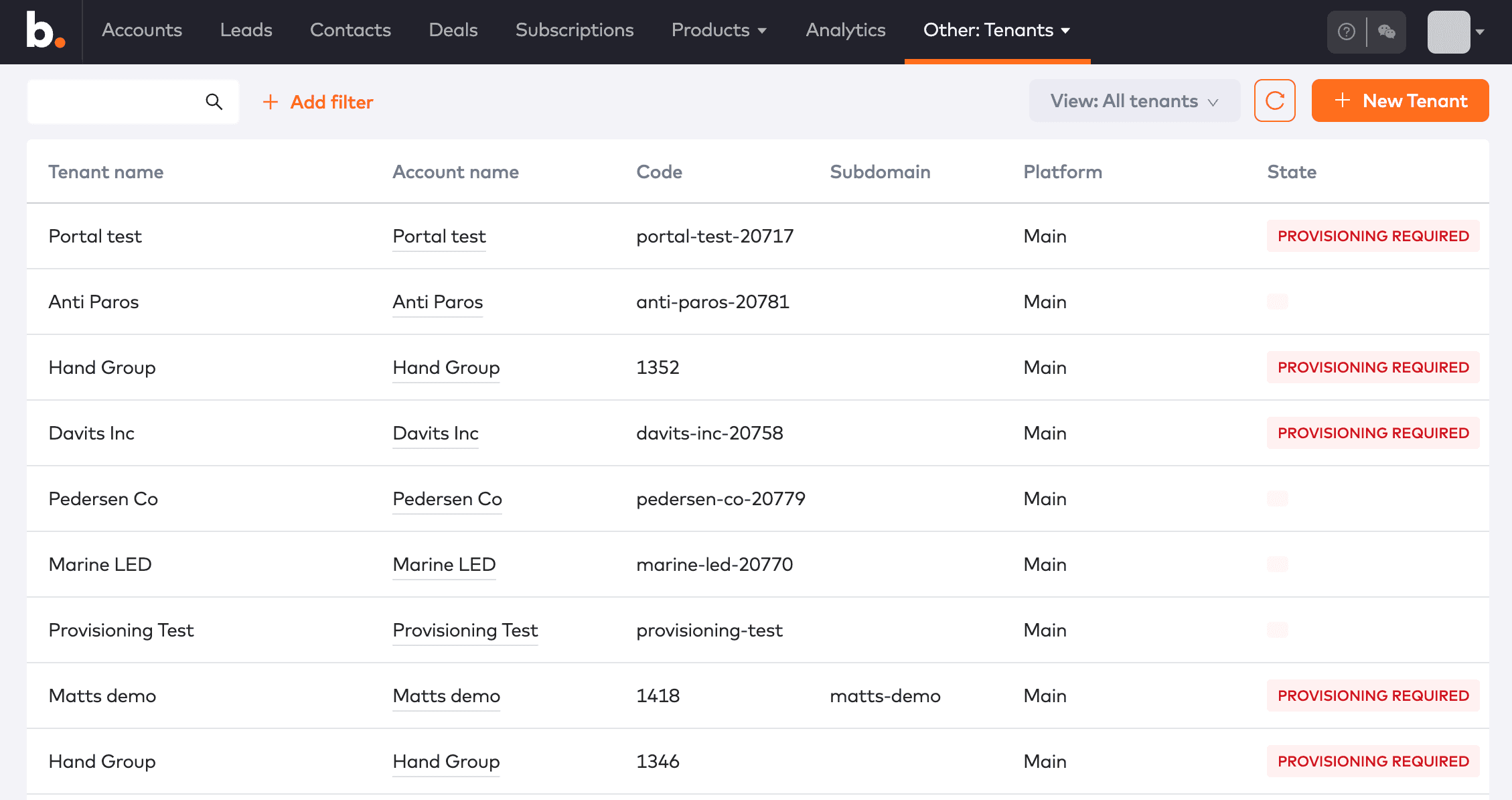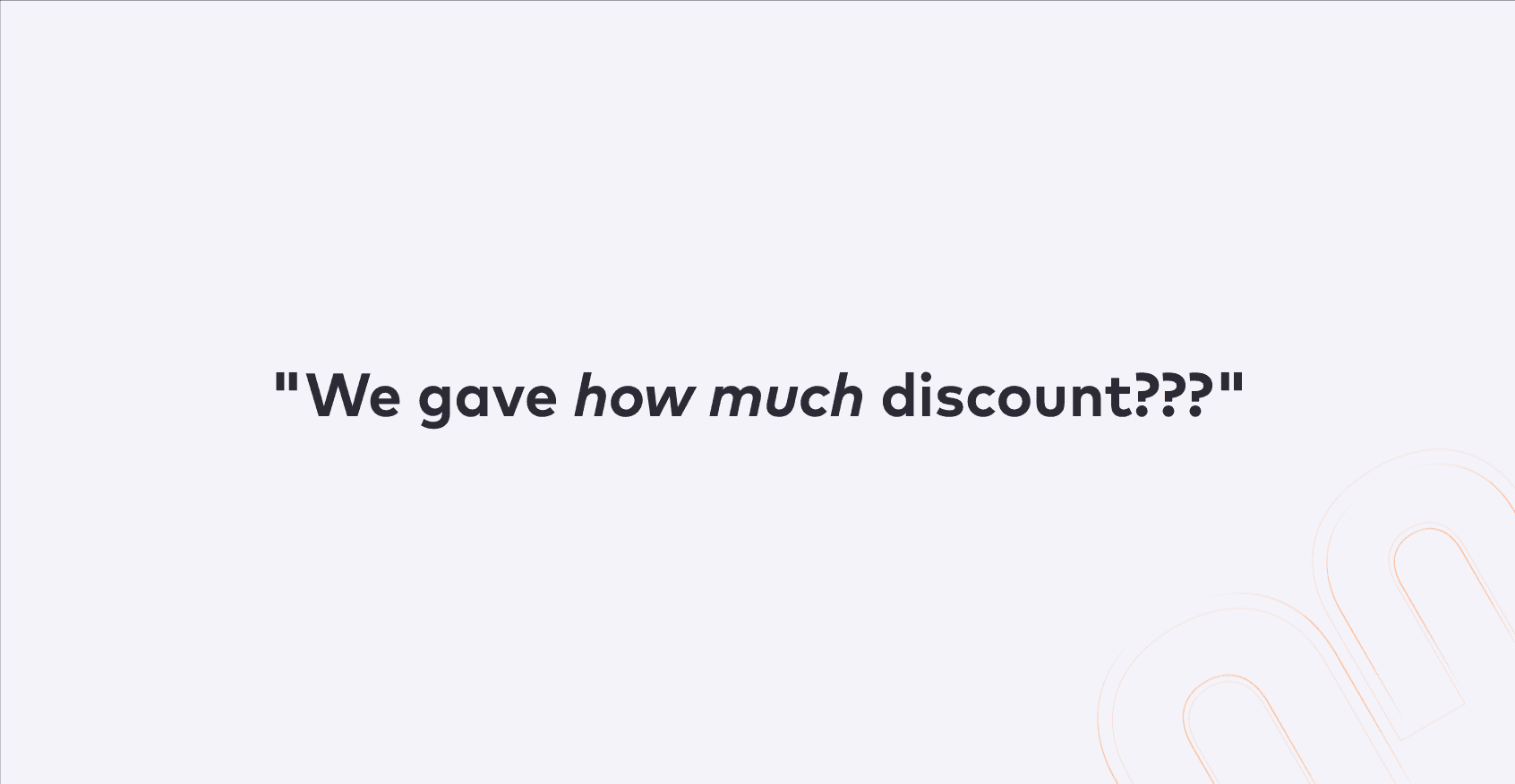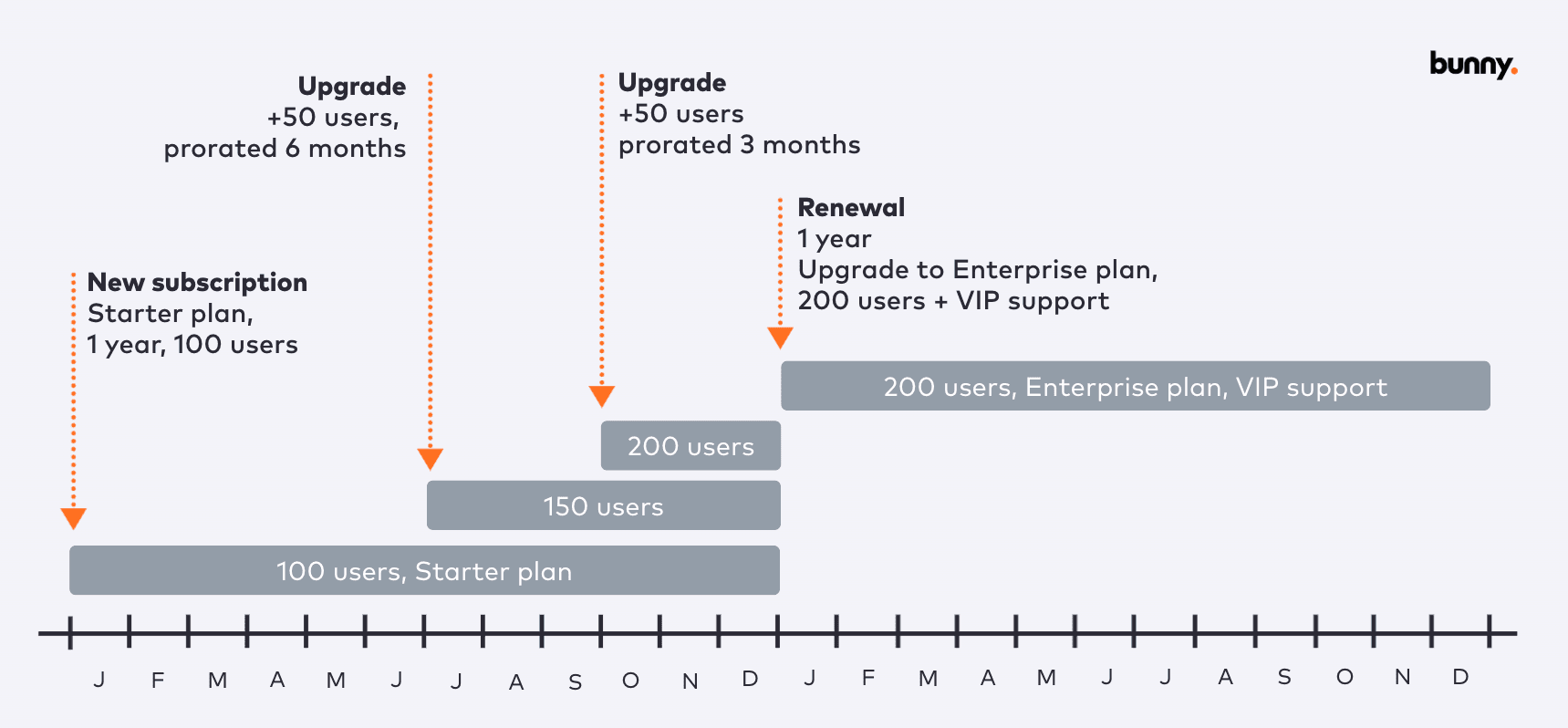
Are bad tenants ruining your business?

The term “tenant compliance” may not be immediately intuitive to most people. What does it mean and why is it important? Let’s break it down.
Part of what sets a SaaS company apart from downloadable software is multi-tenancy, i.e. many tenants (i.e. customers) are sharing the same database and the application logic ensures that each tenant only has access to their own data. This is a well-understood concept and tens of thousands of software applications are built this way.
Most SaaS companies have more than one plan that customers can subscribe to. The general idea is to get a customer started on a simple plan and gradually upgrade them to more expensive plans as their use of the product evolves. SaaS 101.
Which features does a tenant have?
The features that are enabled for a particular tenant depends on which plan they are subscribing to. The plans Small, Medium and Large all have different sets of features as shown in the example below.
Small: Feature A and B
Medium: Feature A, B, C and D
Large: Feature A, B, C, D, E and F
Features can also be quantities, such as the number of users allowed, storage limits or API rate limits, for example.
Product-led subscription management
SaaS companies that allow self-service sign-up have built logic into the application that controls how the plan subscribed to affects the tenant. Additionally, there is logic in the application that allows the customer to change plans, change quantities and so forth. This is all done via the user interface that the customer sees. This is a fully automated process.
Sales-led subscription management
When a SaaS company has salespeople, the process for managing a customer’s tenant becomes much more complex. The main reason is that the deals are typically larger and thus, there are more people on each side involved in the deal.
A sales-led deal can have a very long sales cycle. Three to nine months is not unusual. During that period, the customer may have multiple tenants. Maybe they first created a self-service trial and then decided to speak to sales who then created a demo tenant that’s specifically tailored to the prospect in question. This tenant may turn into a proof-of-concept tenant that lives on for months while the prospect compares product capabilities with other vendors and ensures that the product has the functionality it needs.
If all goes well, the two parties may enter into negotiations about an actual deal. Aspects such as quantities, discounts, contract length, add-ons and customer support can all play into how the deal is structured. If a deal is reached, there is now a set of features that need to be provisioned for a tenant. And that raises a bunch of questions.
Which tenant is being provisioned? Any of the ones that were created during the sales process or a brand new tenant?
Who does the actual provisioning of the tenant? The salesperson who closed the deal or someone else?
Did any tenant changes bypass standard processes?
How is the correctness of the provisioning ensured? If the customer gets less functionality than agreed upon, the customer will be unhappy. If they get more, the SaaS company is losing money.
None of the answers here are simple and the process varies greatly for each SaaS company. Typically, it’s a mix of manually processes and some automation.
Account management
The first deal with a customer was relatively easy. The contract got signed and someone provisioned the customer’s tenant per the contract. However, this is just where the real complexity starts.
Once a sales-led customer has been landed, the SaaS company hopes to keep that customer for many years to come. The SaaS company will do so by nurturing its customers, i.e. handle upgrade requests, ensure that renewals happen properly and attempt to sell add-ons and additional products as a way to grow revenue and strengthen customer engagement.
The subscription that was simple at its inception will undergo a series of changes that add tremendous complexity to the current state of the subscription.
How was the order received from the customer?
Where is there paperwork for the order located? DocuSign? Email? Google Drive?
Who fulfilled the order and was it done correctly?
Was the upgrade/upsell correctly calculated with proration and tax?
Can the revenue be easily recognized?
Is the tenant actually provisioned according to the latest contract amendments?
Were any changes to the tenant made without a paper trail?
Over time, tenants can drift out of compliance with the contract and its amendments, which can have a number of impacts on the organization, such as:
Money may be left on the table because the customer is using more product than they pay forAccount management spends too much time understand what the current contract is
Finance struggles to recognize revenue properly
Finance has to spend extra time producing accurate business metrics
Technical support staff struggle to support the customer because of data inconsistencies
The list here actually goes on and on. When the underlying subscription data is unclean, the entire organization can suffer. And if they aren’t, they may be blissfully unaware that they are running a suboptimal business.
Bunny was developed to remedy these challenges. By establishing a strong contractual foundation that drives tenant provisioning and ensures compliance with the current contract, Bunny ensures clean data for SaaS companies, mitigating many problems that could obstruct the organization's revenue operations, thereby enhancing its ability to grow revenues.

